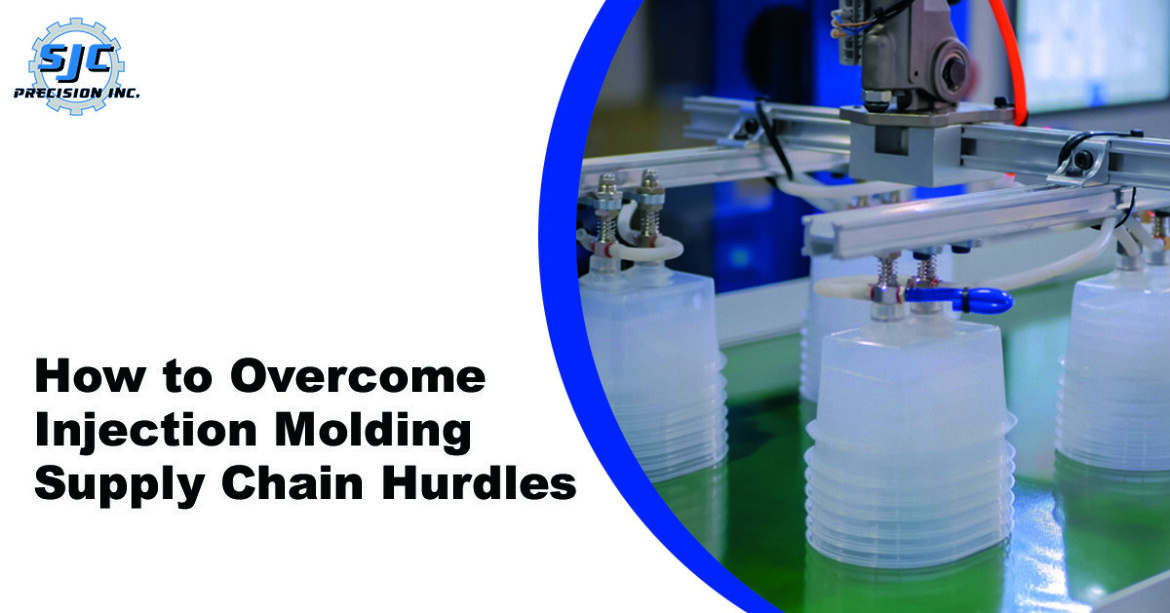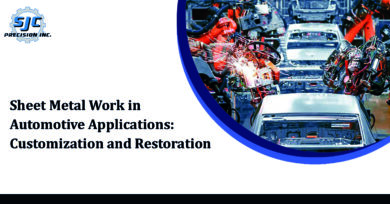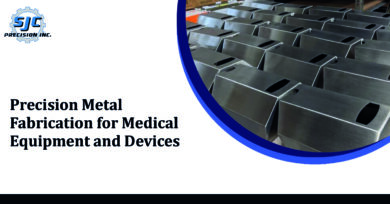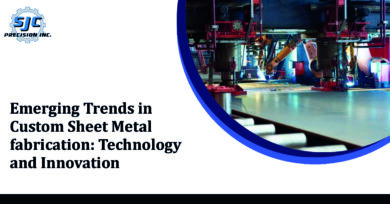Injection molding is a popular and efficient manufacturing method used to create a wide variety of products. However, managing the supply chain for an injection molding operation can be a complex and challenging task. From ensuring a steady flow of raw materials to managing lead times and quality control, there are many hurdles that businesses must overcome to ensure the success of their injection molding operation. To manage their injection molding supply chain, firms frequently need help with various difficulties.
This blog article will examine some of these issues and offer workable solutions. From building strong relationships with suppliers to investing in advanced planning and scheduling tools, we will provide actionable advice to help businesses improve the efficiency and cost-effectiveness of their injection molding operation. Whether you’re a small firm or business just starting or a large corporation looking to optimize your production process, this blog post will provide valuable insights and information that can help you to overcome the challenges of managing an injection molding supply chain.
What is Injection Molding?
Injection molding is a process of manufacturing in which molten material, typically plastic, is injected into a mold and then cooled until it solidifies into a specific shape. The mold is typically made of metal and is precision-machined to create the desired shape of the final product. This process is done using an Injection Molding Machine with a reciprocating screw that pushes the molten plastic into the mold.
The mold is clamped shut and the plastic is allowed to cool and solidify before being removed from the mold. Injection molding is commonly used to create a wide range of products, including automotive parts, household items, and medical devices. The process is efficient, cost-effective, and can produce high-quality, complex parts with high accuracy.
Injection molding is a versatile manufacturing process that is used to create a wide variety of products. Some of the most common uses of injection supply include:
- Automotive parts: Injection is used to create a variety of parts for the automotive industry, including dashboards, door panels, and engine components.
- Household items: Many household items, such as kitchenware, toys, and storage containers, are made using injection molding.
- Medical devices: Injection is also commonly used to create a variety of medical devices, including syringes, disposable razors, and diagnostic equipment.
- Electronics: Injection molding is used to create a variety of electronic components such as computer keyboards, phone cases, and many more.
- Packaging: Injection molding is also used to create various packaging products, including bottles, containers, and caps for food and beverage products.
- Consumer products: Injection is used to create various consumer products such as toothbrushes, razors, and other personal care items.
Overall, Injection molding is efficient, cost-effective, and can produce high-quality, complex parts with a high degree of accuracy. It is also a popular choice because it can be used to create large quantities of identical parts quickly and easily.
Challenges & Solutions
Material Selection & Management
One of the biggest hurdles businesses face when managing their injection molding supply chain is ensuring a steady flow of raw materials. Injection molding requires a wide range of materials, including plastics, metals, and other specialized compounds. Ensuring that these materials are available when needed can be a significant challenge. To overcome this hurdle, businesses should establish strong relationships with suppliers and build a robust inventory management system. This will help to ensure that they always have the materials they need to keep their operation running smoothly.
Lead Time
Another major challenge when managing an injection supply chain is managing the lead time required to produce and deliver finished products. Injection molding is a highly specialized process, and creating the molds and tools needed to produce parts can take several weeks or even months. This can cause production and delivery delays, which can negatively impact a business’s bottom line. To overcome this challenge, businesses should invest in advanced planning and scheduling tools that can help them to optimize their production schedule and reduce lead times.
Quality Control
Quality control is a vital aspect of any manufacturing process, and injection molding is no exception. Ensuring that parts are produced to the correct specifications and meet quality standards can be a significant challenge. Establishing a solid quality control system that involves frequent inspections and testing of finished parts will help businesses overcome this issue. This will help to identify any issues and address them quickly, minimizing the risk of defects and improving the overall quality of the final product.
Cost Management
Another challenge when managing an injection molding supply chain is managing the cost of production. Injection molding can be costly, and businesses must find ways to reduce costs while maintaining quality. One strategy for overcoming this challenge is investing in more efficient production methods, such as automating specific process steps or using more cost-effective materials. Another strategy is to optimize logistics and transportation costs. This can be done by finding the most efficient and cost-effective methods of transporting raw materials and finished parts.
Keeping up with Changing Demand & Market Trends
Finally, managing an injection molding supply chain also requires businesses to keep up with changing demand and market trends. This can be a significant challenge, as demand for certain products can fluctuate rapidly. Businesses should invest in forecasting and demand planning systems to help them predict future demand and modify their production schedule to overcome this obstacle. This will help them to be more responsive to changes in demand and minimize the risk of stockouts or overproduction.
Conclusion
In conclusion, managing an injection molding supply chain can be challenging and complex, but it is possible. By overcoming the hurdles discussed in this blog post, businesses can improve the efficiency and cost-effectiveness of their operation while also ensuring that they can deliver high-quality products on time and within budget.
Some key tactics that can assist businesses in overcoming the difficulties of managing an injection molding supply chain include investing in cutting-edge planning and scheduling tools, developing solid relationships with suppliers, investing in effective production techniques, and staying abreast of changing demand and market trends.





